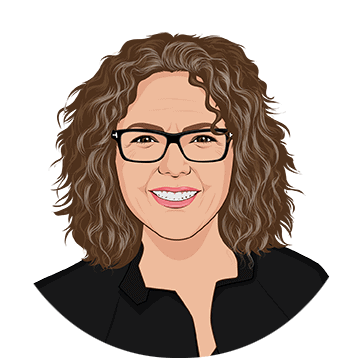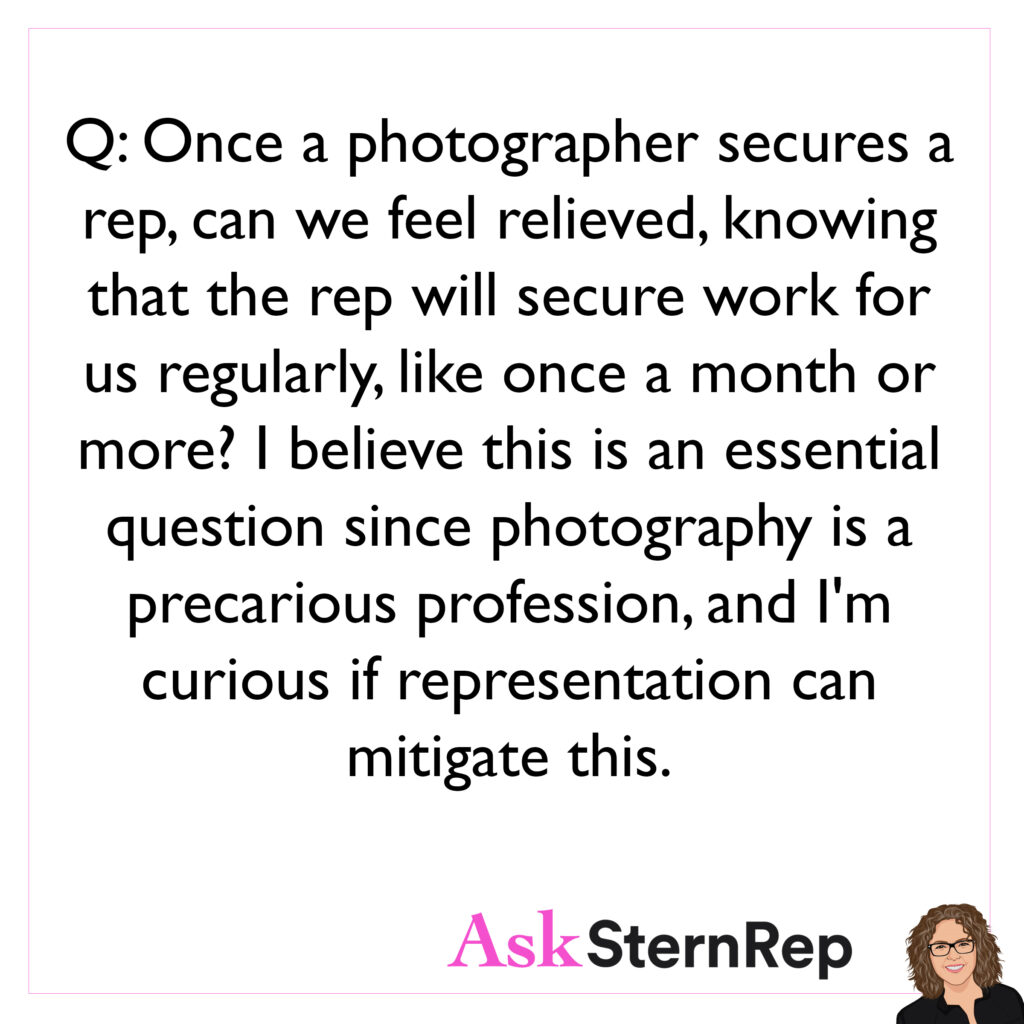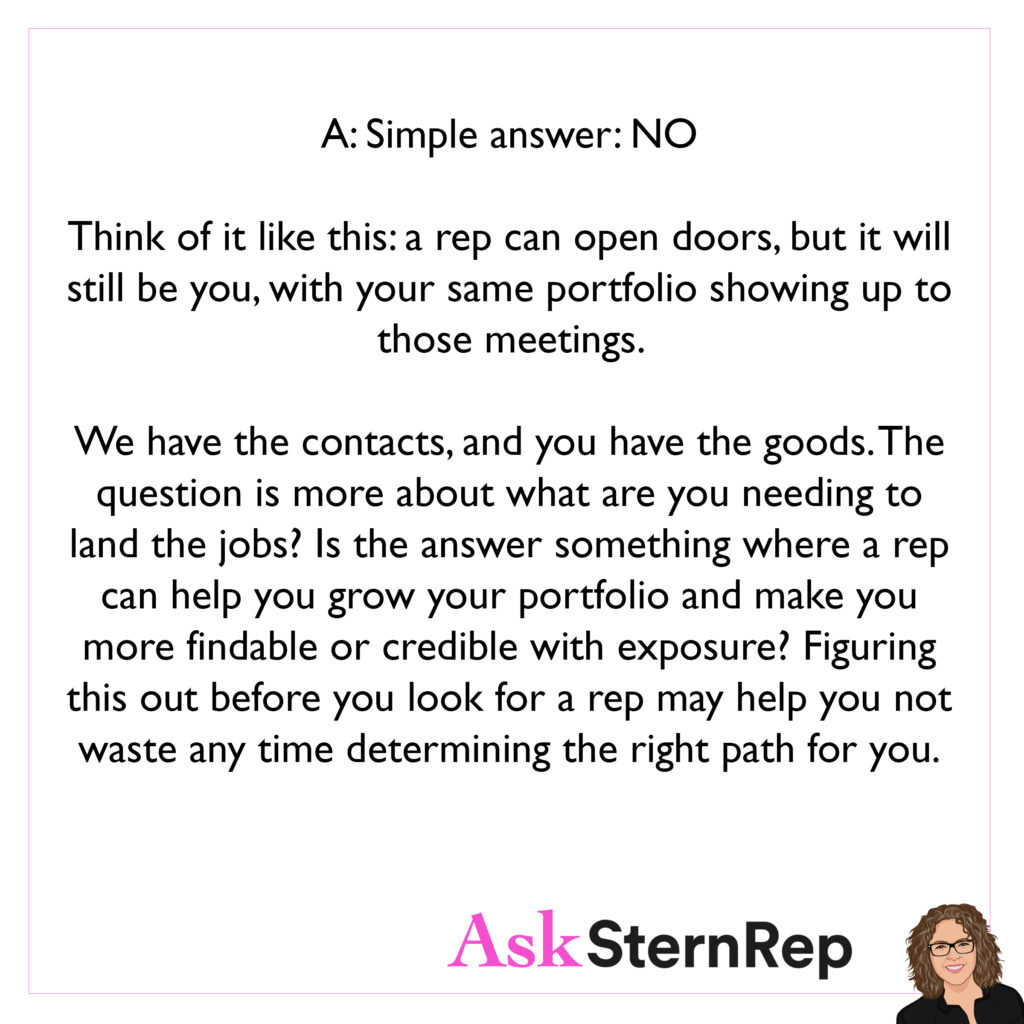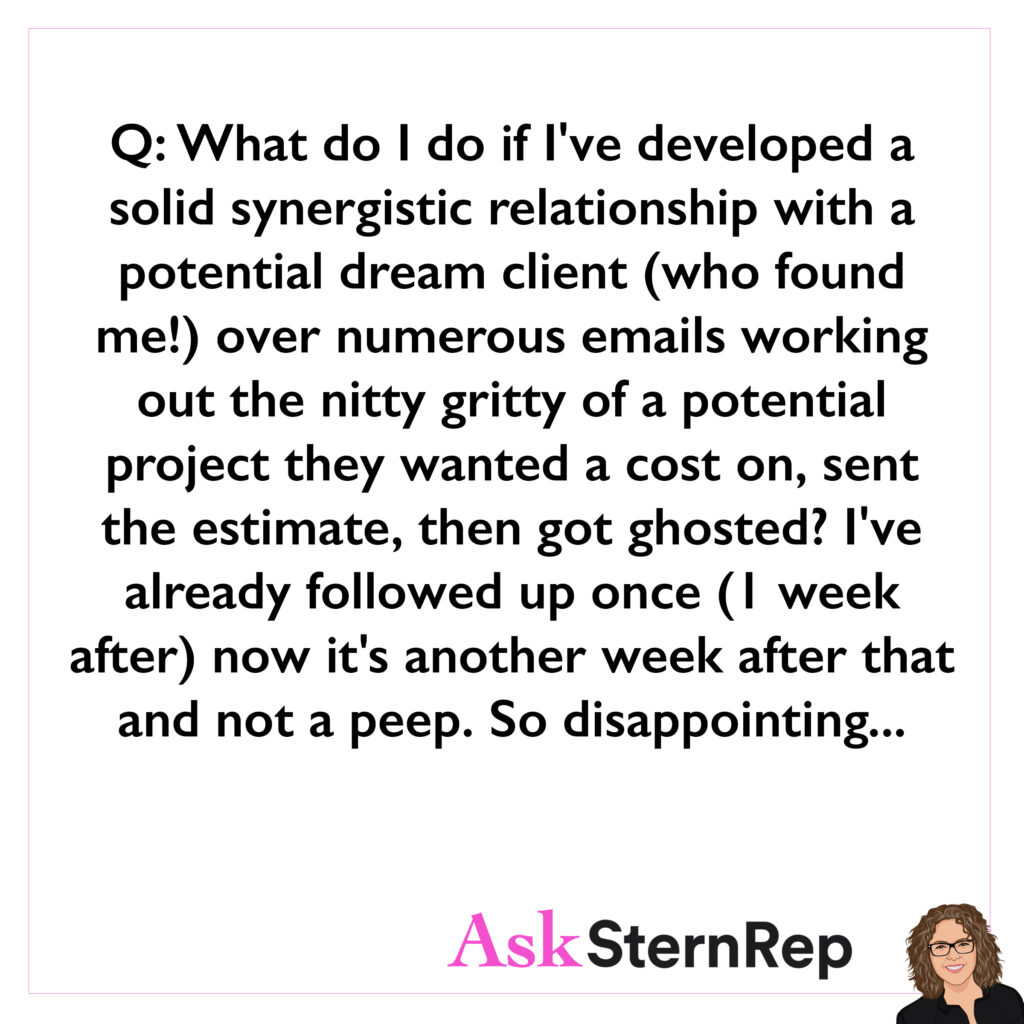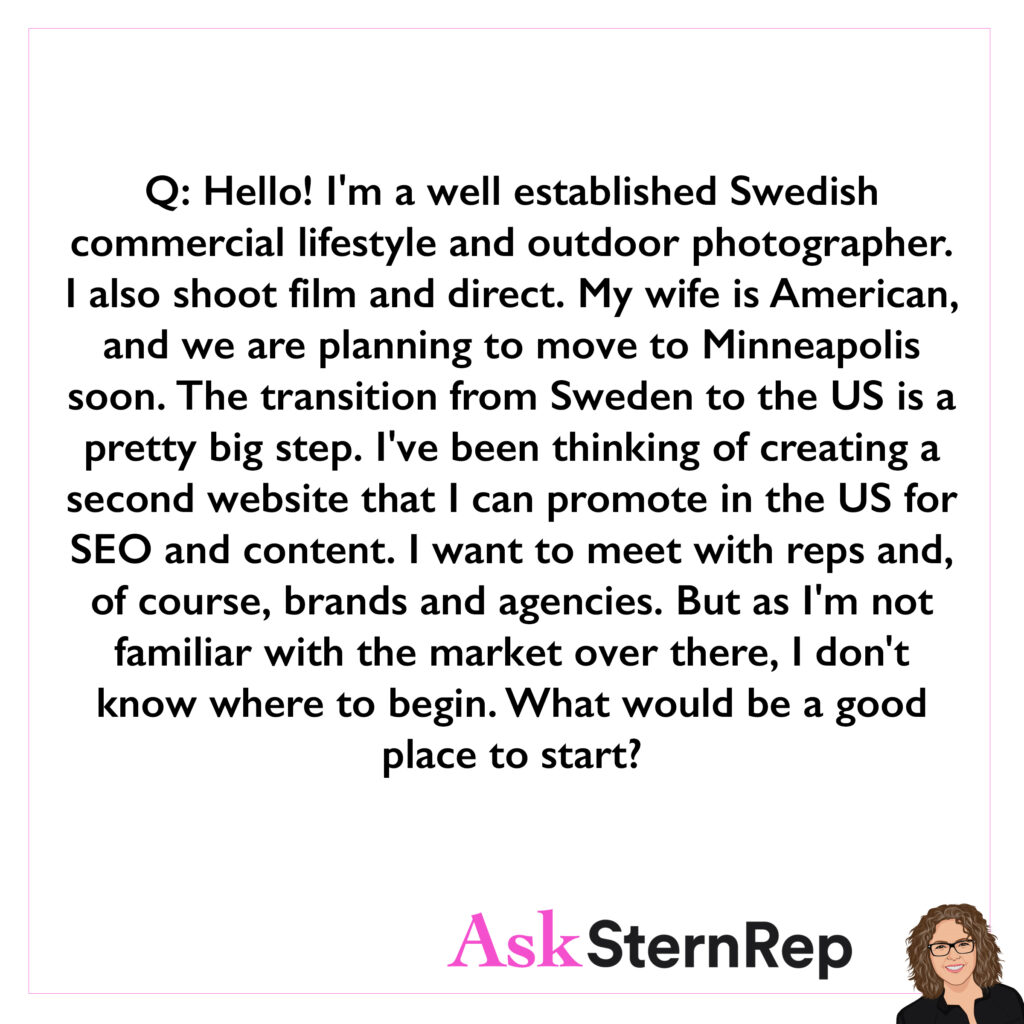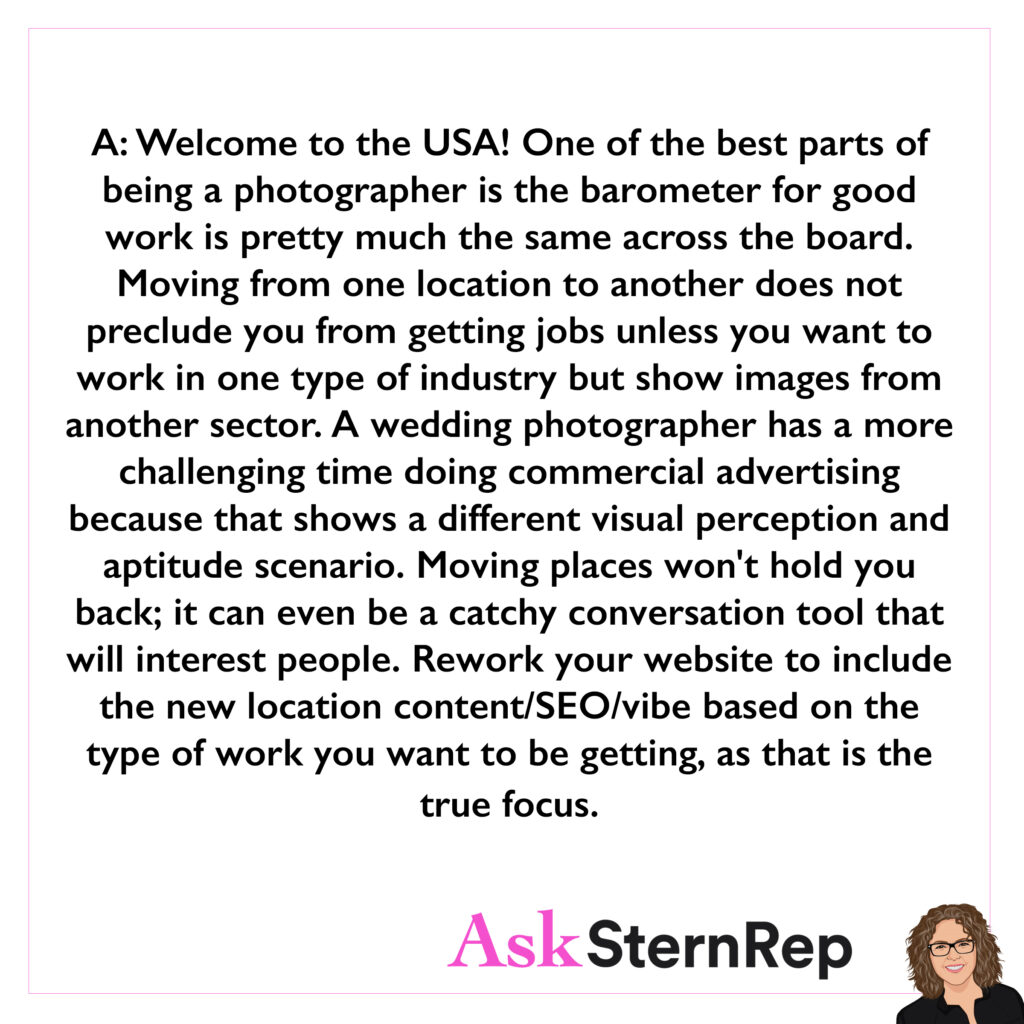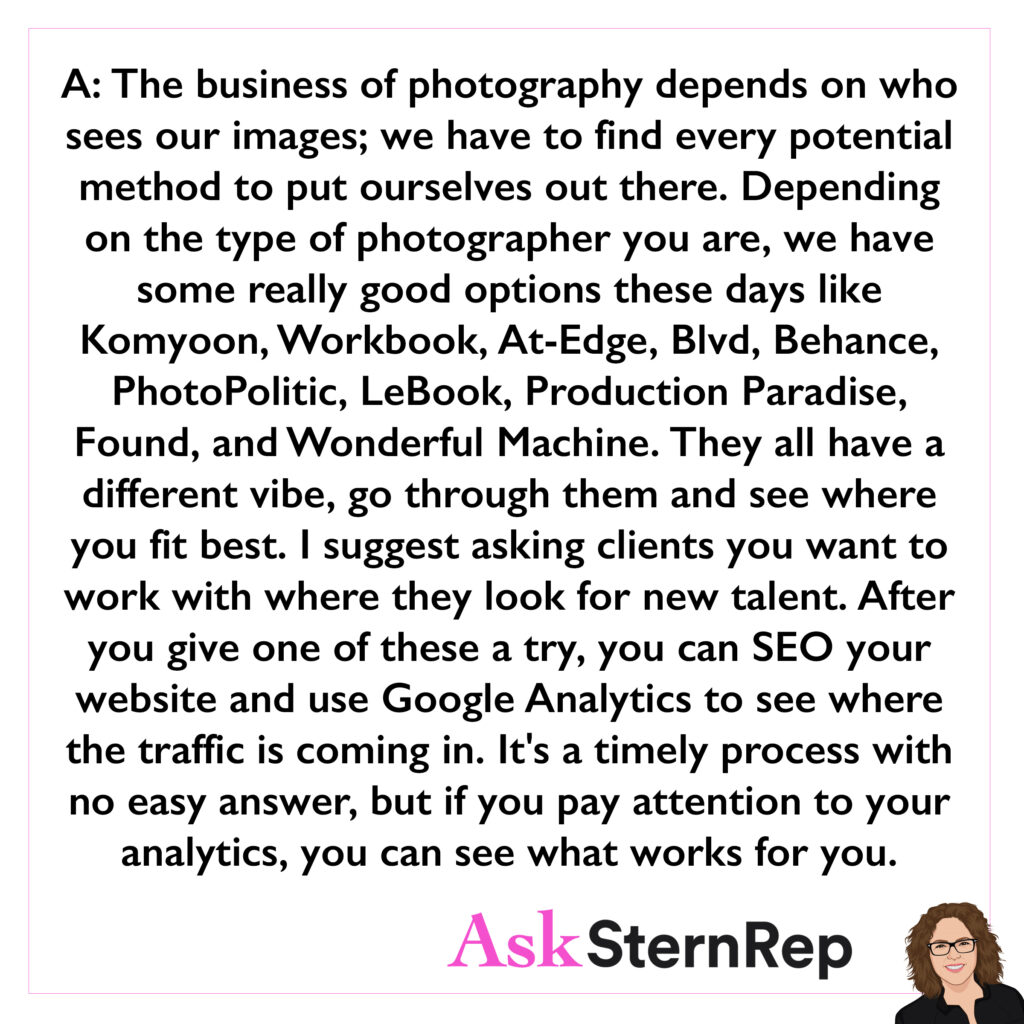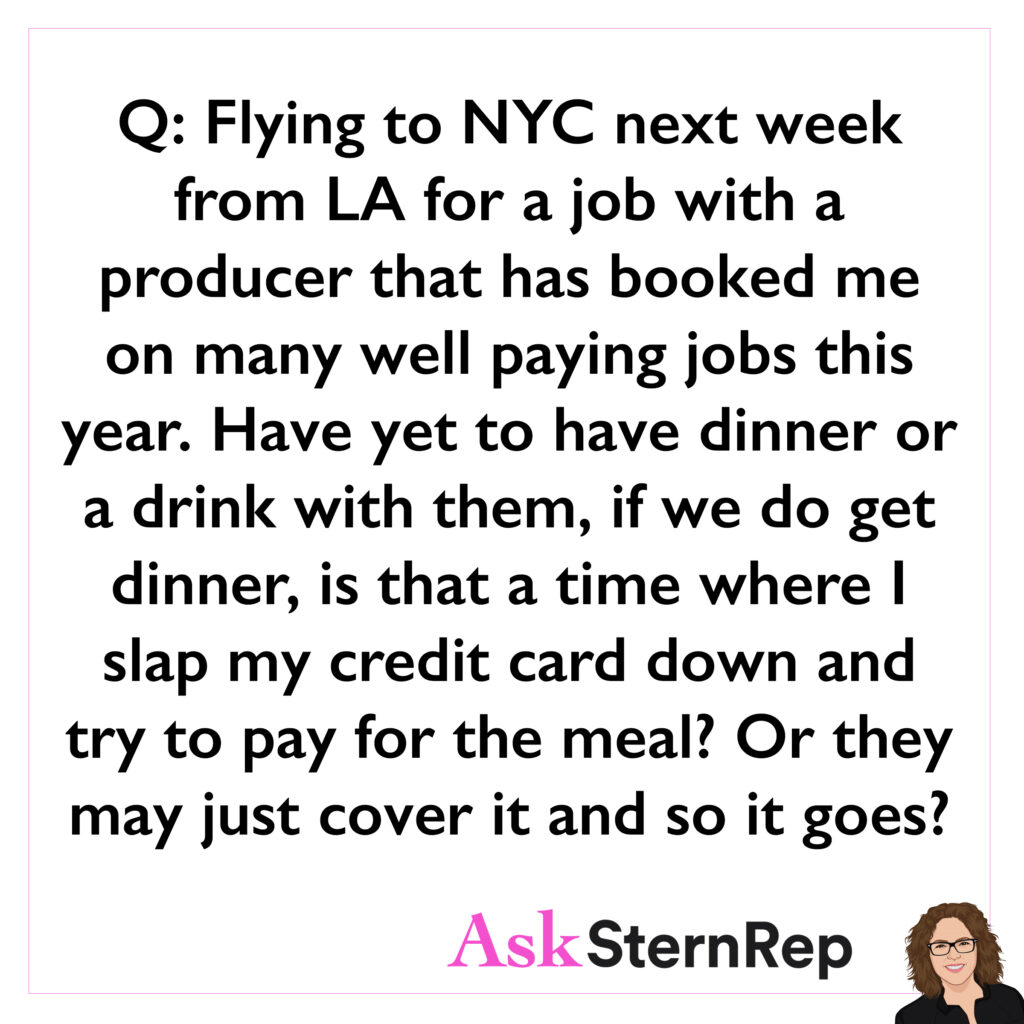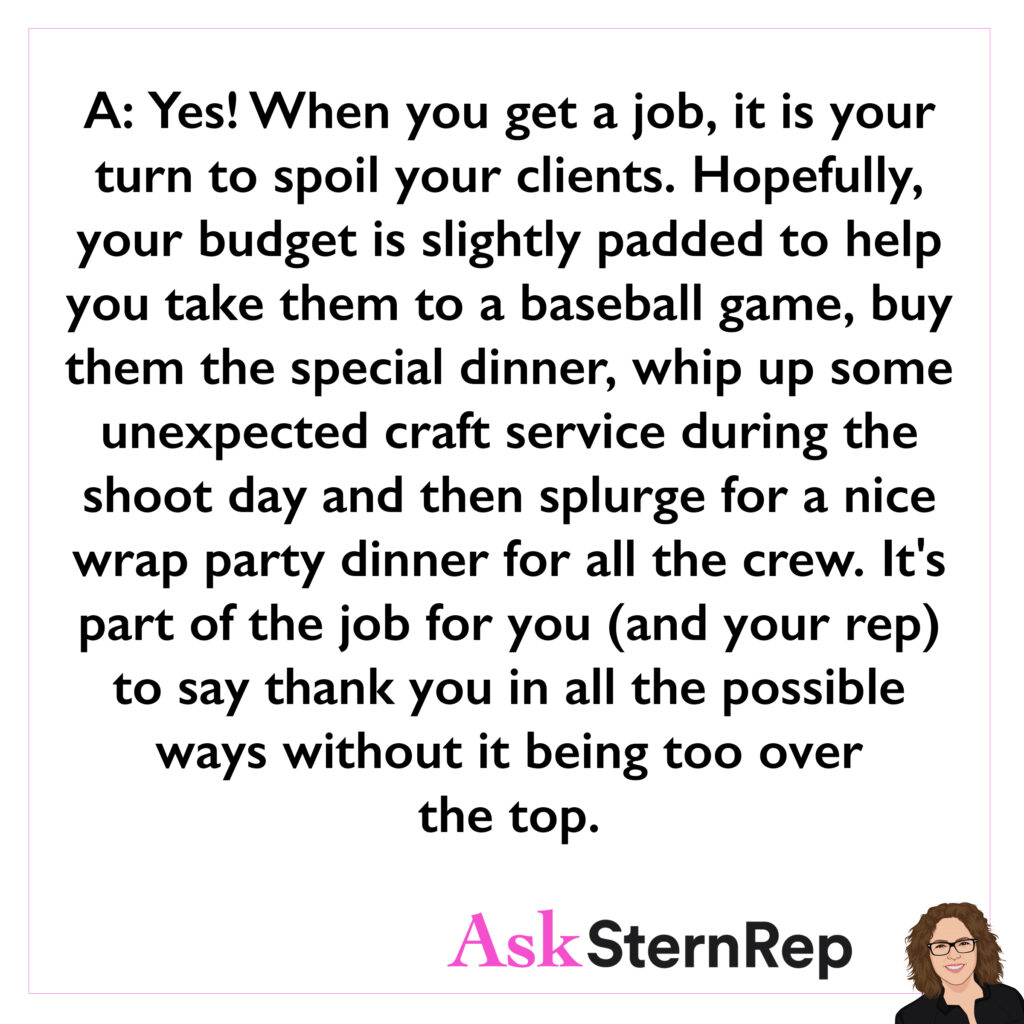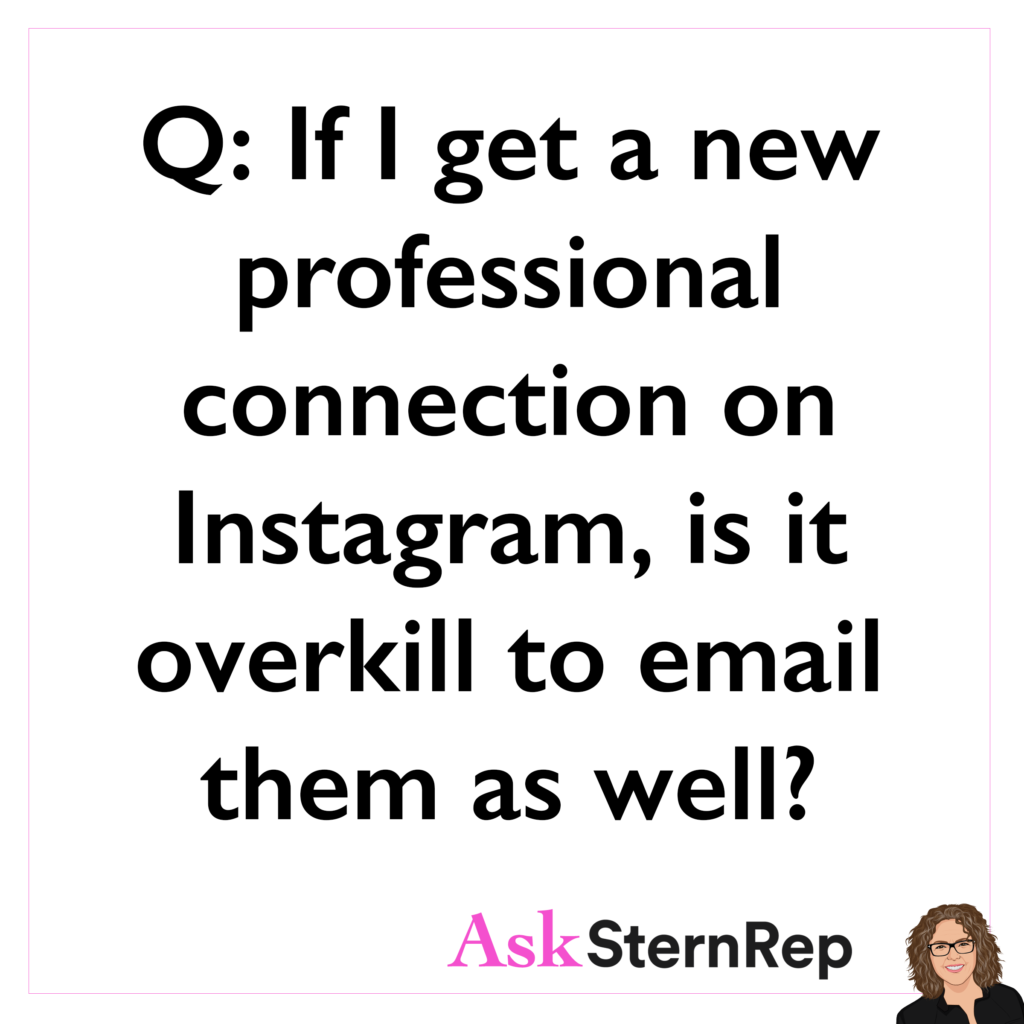
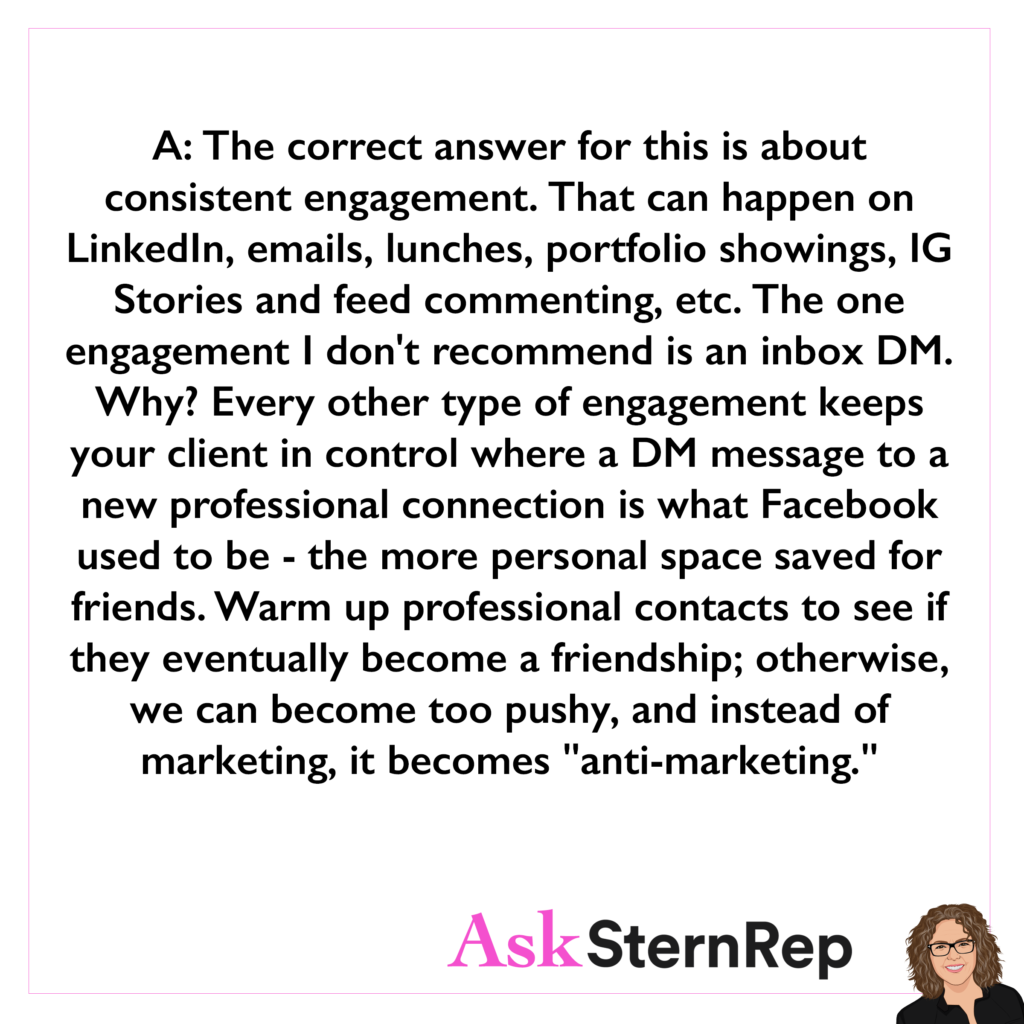
Q:
If I get a new professional connection on Instagram, is it overkill to email them as well?
A:
The correct answer for this is about consistent engagement. That can happen on LinkedIn, emails, lunches, portfolio showings, IG Stories and feed commenting, etc. The one engagement I don’t recommend is an inbox DM. Why? Every other type of engagement keeps your client in control where a DM message to a new professional connection is what Facebook used to be – the more personal space saved for friends. Warm up professional contacts to see if they eventually become a friendship; otherwise, we can become too pushy, and instead of marketing, it becomes “anti-marketing.”
